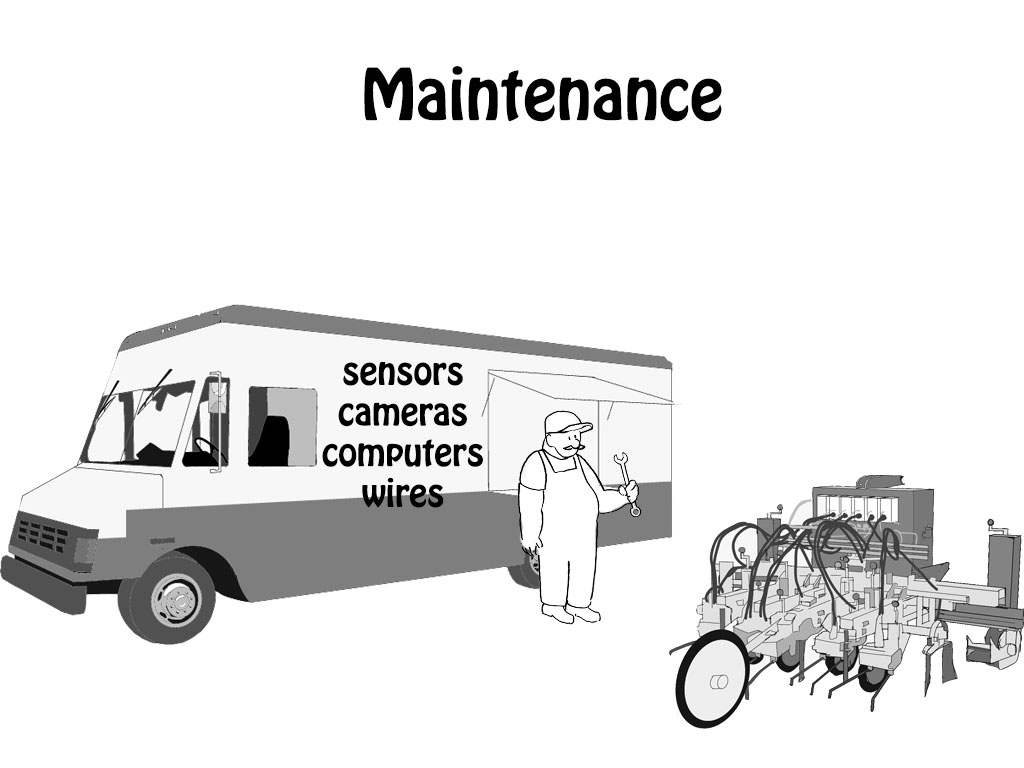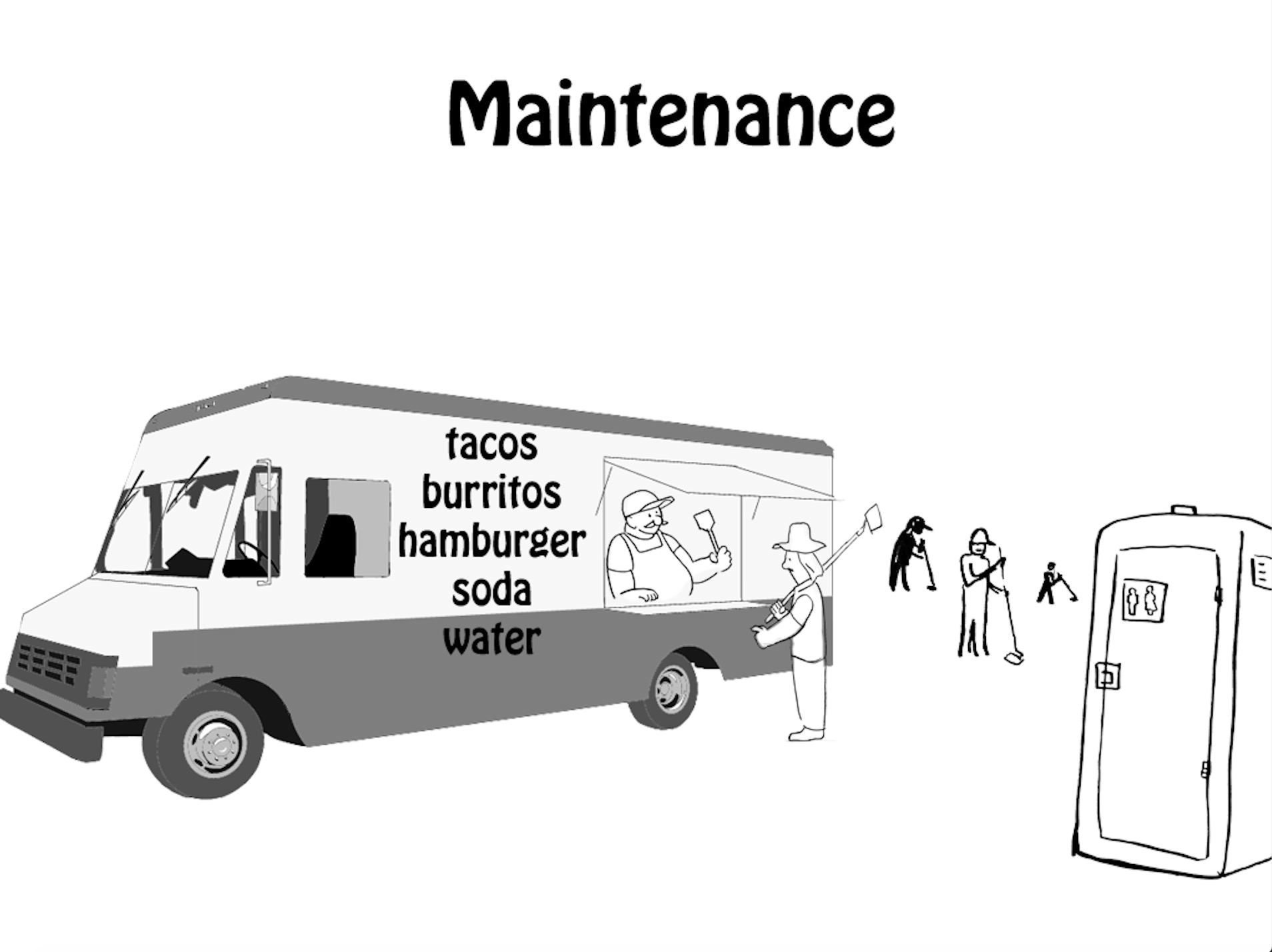
|
|
|
|

|
|||
|
|
|||
|
|
|||
This is the time of year when people start to regret not controlling weeds earlier in wheat. Uncontrolled weeds begin to become more visible and both the crop and weeds are too big for most herbicides. The weeds not only produce millions of little time bombs (seeds) but can contaminate the crop and make harvest difficult. There are some herbicide options at this point but none are great and all of them can only be applied when the wheat is in the hard dough stage and the crop is essentially done. If the wheat isn’t too far along, both Simplicity and Osprey will control some big broadleaf and grass weeds. They may not be killed but they likely will stop growing. These herbicides can only be applied up to the jointing stage and most vegetables cannot be planted for 5 to 9 months following simplicity or 10 months following Osprey. The growth regulators( 2,4-D,dicamba,MCPA and others) can only be applied up to tillering or the heads will be distorted and yield reduced. All of the preharvest herbicide options can only be applied when the wheat is in the hard dough stage and the crop is essentially finished. Therefore, if the wheat is too far along now, you likely will have to wait. A few of the options include: |
|||
| Back | |||
|
For questions or comments on any of the topics please contact Marco Pena at the Yuma Agricultural Center.
|
|||
|
Home |
Cotton | Veggies |
Forages | Grains
| Citrus |
Crop x Crop Insects | Diseases| Weeds | Pesticides | Economics | News | Weather | Research | Photos | Contacts | General Info. Copyright © 2001 University of Arizona, College of Agriculture and Life Sciences Webmaster: Al Fournier (acis@ag.arizona.edu) |
|||


